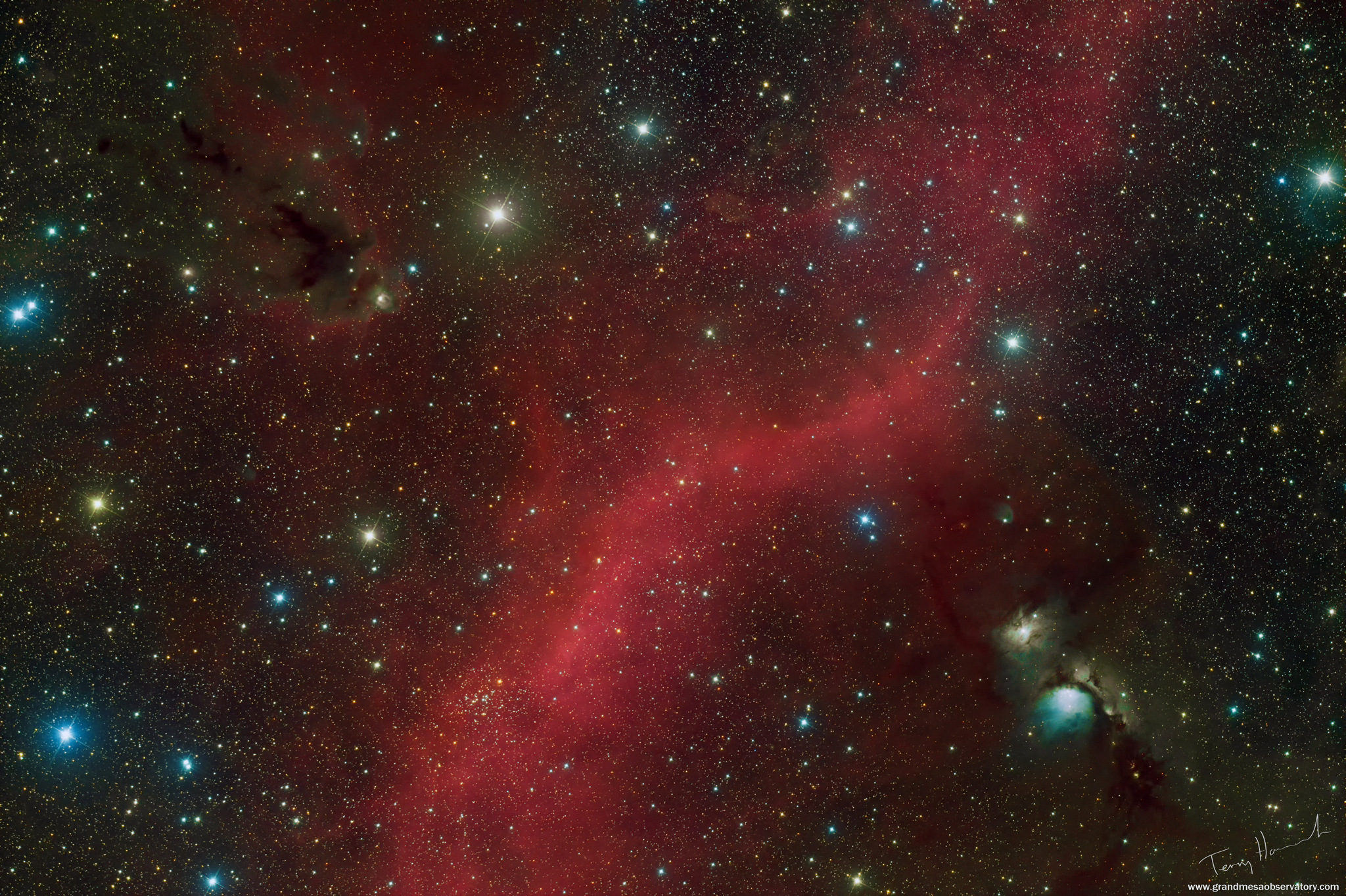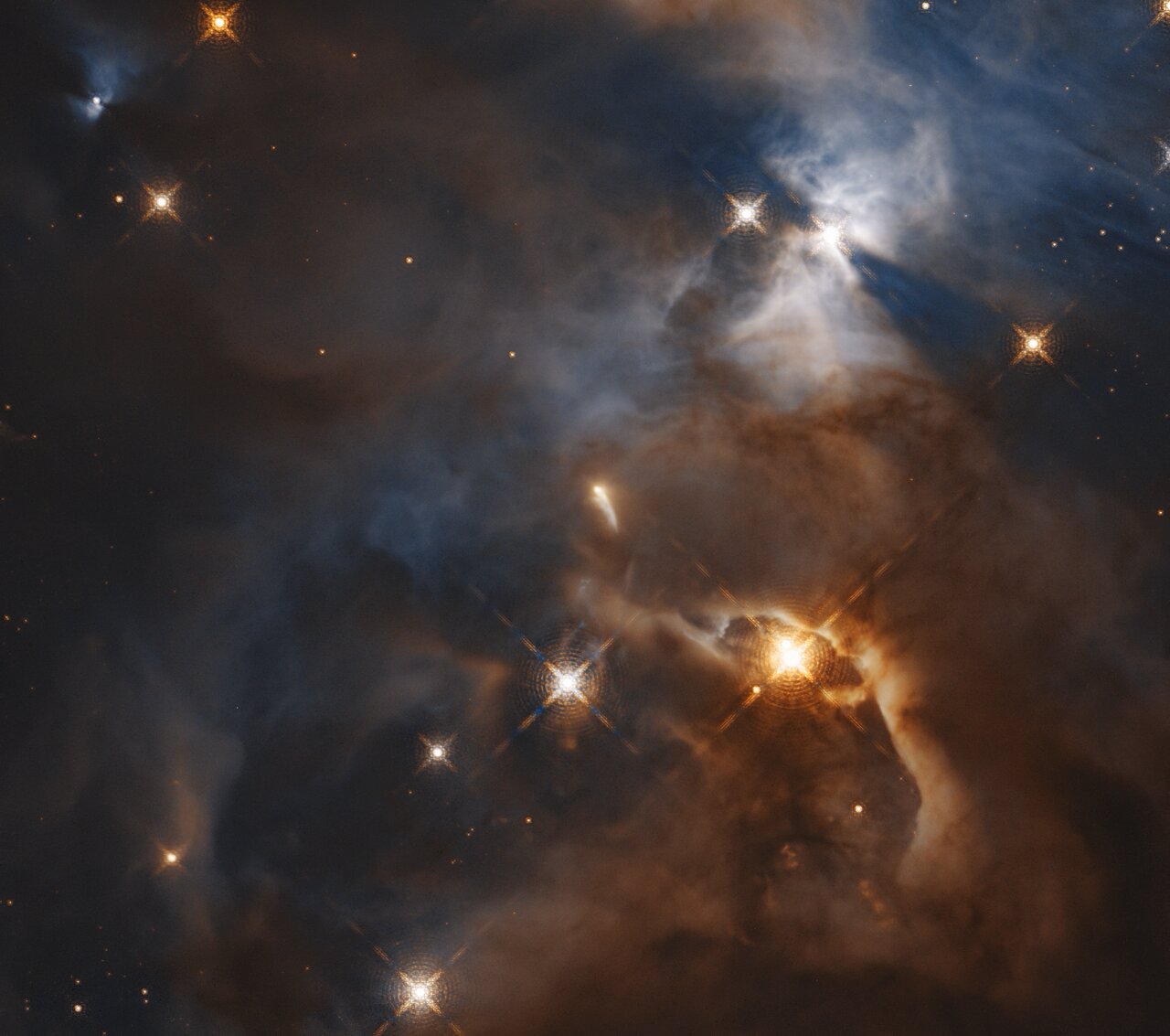Blog
Arturo Sandoval is a Cuban-American jazz trumpeter, pianist, and composer. While living in his native Cuba, Sandoval was influenced by jazz musicians Charlie Parker, Clifford Brown, and Dizzy Gillespie. In 1977 he met Gillespie, who became his friend and mentor and helped him defect from Cuba while on tour with the United Nations Orchestra. Sandoval became an American naturalized citizen in 1998. His life was the subject of the film For Love or Country: The Arturo Sandoval Story (2000) starring Andy García.
Sandoval has won Grammy Awards, Billboard Awards and one Emmy Award. He performed at the White House and at the Super Bowl (1995)
Sandoval was born in Artemisa. As a twelve-year-old boy in Cuba, he played trumpet with street musicians. He helped establish the Orquesta Cubana de Musica Moderna, which became the band Irakere in 1973. He toured worldwide with his own group in 1981. During the following year he toured with Dizzy Gillespie, who became his friend and mentor. From 1982 to 1984, he was voted Cuba’s Best Instrumentalist and was a guest artist at the BBC and Leningrad Symphony Orchestras.
In 1989, Gillespie invited Sandoval to be part of the United Nations Orchestra. During a tour with this group, Sandoval visited the American Embassy in Rome to defect from Cuba. He became an American citizen on December 7, 1998.
Sandoval has performed Latin jazz with Paquito D’Rivera, Tito Puente, and Chico O’Farrill, Cuban music in Miami, and classical music in England and Germany. In the 1990s, he was a member of the GRP All-Star Big Band.
https://www.youtube.com/watch?v=sdNM5aCNokc
more...Joseph Raymond Conniff (November 6, 1916 – October 12, 2002) was an American bandleader and arranger best known for his Ray Conniff Singers during the 1960s. Conniff was born in Attleboro, Massachusetts, United States, and learned to play the trombone from his father. He studied music arranging from a course book.
more...Celebrating the Biden presidential lead as of today!
John Philip Sousa (/ˈsuːsə/;November 6, 1854 – March 6, 1932) was an American composer and conductor of the late Romantic era known primarily for American military marches. He is known as “The March King” or the “American March King”, to distinguish him from his British counterpart Kenneth J. Alford. Among his best-known marches are “The Stars and Stripes Forever” (National March of the United States of America), “Semper Fidelis” (official march of the United States Marine Corps), “The Liberty Bell“, “The Thunderer“, and “The Washington Post“.
Sousa began his career playing violin and studying music theory and composition under John Esputa and George Felix Benkert. His father enlisted him in the United States Marine Band as an apprentice in 1868. He left the band in 1875, and over the next five years he performed as a violinist and learned to conduct. In 1880 he rejoined the Marine Band, and he served there for 12 years as director, after which he organized his own band. From 1880 until his death, he focused exclusively on conducting and writing music. Sousa aided in the development of the sousaphone, a large brass instrument similar to the helicon and tuba.
Upon the outbreak of World War I, Sousa was awarded a wartime commission of lieutenant commander to lead the Naval Reserve Band in Illinois. He then returned to conduct the Sousa Band until his death in 1932. In the 1920s, he was promoted to the permanent rank of lieutenant commander in the naval reserve, but he never saw active service again.
more...It is characterised by a fast rhythm and a redoubled beat. It is more suitable than other flamenco styles to be sung accompanied by flamenco clapping, “jaleo” and other shouts and expresive voices. “Bulerías” constitute an usually dance to finish all flamencos parties (composing a semicircle, people dance in the middle of it a part of the song).
“Loco Mateo” was the first performer of this style, finishing his “soleares or soleás” with “bulerías”. Hence “bulería” results from “solea”. It was originated in the late 19th century. In “Sinfonía Virtual” magazine Guillermo Castro documented that the term “bulería” was used for the first time in the 17th century, but it didn’t acquire its flamenco meaning until the early 20th century. It was earlier believed that the first appearance of this style came up with the painting of José García Ramos “Baile por bulerías” (1884), preserved in the Museum of Fine Arts of Seville. Currently, it’s widely known that this paiting had other titles previously such as “Tango“, “Bailarina” or “El Baile”. It was not until second half of the XX century that it adopted the name “Baile por Bulerías”.
The most flamenco “bulerías” are in Phrygian mode (with the I chord mutation that becomes Major perfect, often combining melodic and harmonic turns on the I and VI).
https://www.youtube.com/watch?v=V86zYV3QXnk
more...
Bright stars, interstellar clouds of dust and glowing nebulae fill this cosmic scene, a skyscape just north of Orion’s belt. Close to the plane of our Milky Way Galaxy, the wide field view spans just under 5 degrees or about 10 full moons on the sky. Striking bluish M78, a reflection nebula, is at the lower right. M78’s tint is due to dust preferentially reflecting the blue light of hot, young stars. In colorful contrast, the red swath of glowing hydrogen gas streaming through the center is part of the region’s faint but extensive emission nebula known as Barnard’s Loop. At upper left, a dark dust cloud forms a prominent silhouette cataloged as LDN 1622. While M78 and the complex Barnard’s Loop are some 1,500 light-years away, LDN 1622 is likely to be much closer, only about 500 light-years distant from our fair planet Earth.

Neil Cowley (born 5 November 1972) is an English jazz pianist and composer. He has also released music as part of Fragile State, the Green Nuns of the Revolution, and the Neil Cowley Trio. With his trio, he appeared on Later… with Jools Holland in April 2008 and won the 2007 BBC Jazz Award for best album for Displaced.. In 2018, Cowley announced he was working on a new electronic focused solo project.
more...Arthur Ira Garfunkel (born November 5, 1941) is an American singer, poet, and actor. He is best known for his partnership with Paul Simon in the folk rock duo Simon & Garfunkel.
Highlights of his solo music career include a top 10 hit, three top 20 hits, six top 40 hits, 14 Adult Contemporary top 30 singles, five Adult Contemporary number ones, two UK number ones and a People’s Choice Award. Through his solo and collaborative work, Garfunkel has earned eight Grammys, including a Lifetime Achievement Award. In 1990, he and Simon were inducted into the Rock and Roll Hall of Fame. In 2008, Garfunkel was ranked 86th in Rolling Stone magazine’s list of the 100 Greatest Singers of All Time.
Garfunkel was born in Forest Hills, Queens, New York City, the son of Rose (née Pearlman) and Jacob “Jack” Garfunkel, a travelling salesman. He was a middle child with two brothers, the older Jules and the younger Jerome. Jacob’s parents immigrated to the United States at the turn of the century, and settled in Manhattan. Before his career in sales, Jacob worked as an actor in Dayton, Ohio. Garfunkel is of Romanian Jewish descent, his paternal grandparents having emigrated from the city of Iași. When he was young, he would often sing in synagogue. His maternal cousin was Lou Pearlman, founder of the Backstreet Boys and NSYNC.
more...Jazz bassist, born November 5, 1921 in Social Circle, Georgia. Wootten started his career playing country & western, moved to big band jazz, then back to country and won an Academy of Country Music Award as Best Bassist in 1982. While still in his teens, Woottenlanded a six-dollar-a-week gig on Archie “Grandpappy” Campbell‘s C&W show on radio station WDOD in Chattanooga, TN; the band included future Sons of the Pioneers guitarist Roy Lanham. Texas crooner Gene Austin hired the band and dubbed them the Whippoorwills. Wootten toured with Austin for a time, then quit the band due to exhaustion. Wootten went on to play with several successful big bands of the ’40s, including those led by Jan Savitt and Tony Pastor. Beginning in 1949, he played with a succession of prominent swing bandleaders, including Tommy Dorsey, Woody Herman, and Charlie Barnet. In 1957, he recorded with Harry Babasin‘s Jazzpickers in a rhythm section that also included Red Norvo. He hooked up with Norvo and recorded and toured with the vibist in 1957-1958. Wootten recorded The Most Exciting Guitar with Lanham in 1959. That year, Wootten also toured with Benny Goodman and Frank Sinatra. With Sinatra, Wootten did movies, TV, and worked the Sands Hotel in Las Vegas. In the ’60s and ’70s, Wootten worked mostly in the studios; he also composed and arranged for film and authored a book of musical exercises for bass instruments. In addition to the aforementioned, Wootten played with Merle Travis, Glen Campbell, Eddie Dean, Mary Ford, Tex Williams, Jimmy Bryant, Joe Maphis, and Roy Rogers, among many others. He also worked on Gene Autry‘s Melody Ranch radio show.
more...The young star HBC 672 is known by its nickname of Bat Shadow because of its wing-like shadow feature. The NASA/ESA Hubble Space Telescope has now observed a curious “flapping” motion in the shadow of the star’s disc for the first time. The star resides in a stellar nursery called the Serpens Nebula, about 1300 light-years away.
The Hubble Space Telescope captured a striking observation of the fledgling star’s unseen, planet-forming disc in 2018. This disc casts a huge shadow across a more distant cloud in a star-forming region — like a fly wandering into the beam of a flashlight shining on a wall.

Jerome Najee Rasheed (born November 4, 1957, New York City), known professionally as Najee, is an American Jazz-Smooth Jazz saxophonist and flautist.
Najee was born in the lower west side of Manhattan in New York City and lived his teenage years in Queens, New York. His father died at a young age, and Najee and siblings were raised by his mother Mary Richards. His mother was an important figure and supporter throughout his life and musical career.
Najee’s musical pursuits began in grade school at age eight, where he began playing the clarinet, but he had a deep desire to play saxophone. He was influenced at this age by listening to his mother’s recordings of Miles Davis and other legendary American jazz artists. A pivotal moment in his life began when he made the decision to become a professional jazz musician. In high school, Najee began to study jazz as a student at the Jazzmobile program (co-founded by Dr. Billy Taylor) where he honed his skills on tenor saxophone and flute under the direction of Jimmy Heath, Frank Foster and Ernie Wilkins. At age 16, Najee studied flute at the Manhattan School of Music Preparatory Division, where he took lessons with Harold Jones, flautist from the New York Philharmonic Orchestra.
more...Lawrence Benjamin Bunker (November 4, 1928 – March 8, 2005) was an American jazz drummer, vibraphonist, and percussionist. A member of the Bill Evans Trio in the mid-1960s, he also played timpani with the Los Angeles Philharmonic orchestra.
Born in Long Beach, California, Bunker was a central figure on the West Coast jazz scene, one of the relatively few who actually were from the region. In the 1950s and 1960s he appeared at Howard Rumsey‘s Lighthouse in Hermosa Beach, and performed with Shorty Rogers and His Giants and others. At first he played primarily drums, but increasingly he focused on vibraphone and was later highly regarded for his playing of timpani and various percussion instruments.
A dependable and in-demand studio drummer and vibist, Bunker achieved particular distinction by recording with Billie Holiday, Ella Fitzgerald, Peggy Lee, Diana Krall, and many other jazz greats. In 1952, he was the drummer in one of Art Pepper‘s first groups. In 1953 and 1954, Bunker played drums in some of the earliest of Gerry Mulligan‘s groups. From 1963 to 1965, he was, intermittently, the drummer in the Bill Evans trio. His work in movie soundtracks spanned over fifty years, from Stalag 17 (1953) and Glengarry Glen Ross (1992) to The Incredibles (2004), and included soundtracks by John Williams, Henry Mancini, Quincy Jones, Miklós Rózsa, Jerry Goldsmith, Johnny Mandel, Lalo Schifrin and many other composers.
more...Carlos Valdés Galán (November 4, 1926 – December 4, 2007), better known as Patato, was a Cuban conga player. In 1954, he emigrated from La Habana to New York City where he continued his prolific career as a sideman for several jazz and Latin music ensembles, and occasionally as a bandleader. He contributed to the development of the tunable conga drum which revolutionized the use of the instrument in the US. His experimental descarga albums recorded for Latin Percussion are considered the counterpart to the commercial salsa boom of the 1970s. Tito Puente once called him “the greatest conguero alive today”.
Like most Cuban musicians, Carlos Valdés had several nicknames throughout his artistic career. Early on he was known as “El Toro” (The Bull) as a young dancer and boxer. In school he was known as “Patato” (Potato) due to his short stature; more disrespectfully he was known as “Remache” and “Tampón de bañera” around his neighbourhood. While playing alongside Armando Peraza in Havana’s Zombie Club, he was known as “El Zombie”, “Zombito” or “Pequeño Zombie” (Little Zombie). Due to his dancing style he was known as “Pingüino” (Penguin). Nonetheless, “Patato” was the name that stuck and he carried this pseudonym to the US, where he was often miscredited as “Potato Valdez”.
more...https://www.youtube.com/watch?v=bHOWVSCleG0&list=PLEB3LPVcGcWZ0hsQ5_jgSMhawAnDzy1io&index=29
more...More Posts
- Kenny Burrell
- Hank Jones
- World Music The Ayoub Sisters
- Daily Roots Vivian Jackson & Horace Andy
- Cosmos IC 1396
- David Sanborn
- Jimmy Cliff
- Buddy Guy
- Vernel Fournier
- NO WAR STOP PUTIN DakhaBrakha
- Daily Roots Pat Rhoden
- Cosmos N132D
- Ellyn Rucker
- Vic Lewis
- Joe Beck
- Charlie Christian
- Flamenco Fridays Rafael Riqueni
- Daily Roots Gladstone Anderson
- Second Chance by Zamya Theater for the Homeless Community
- Cosmos Milky Way Rho Ophiuchi
